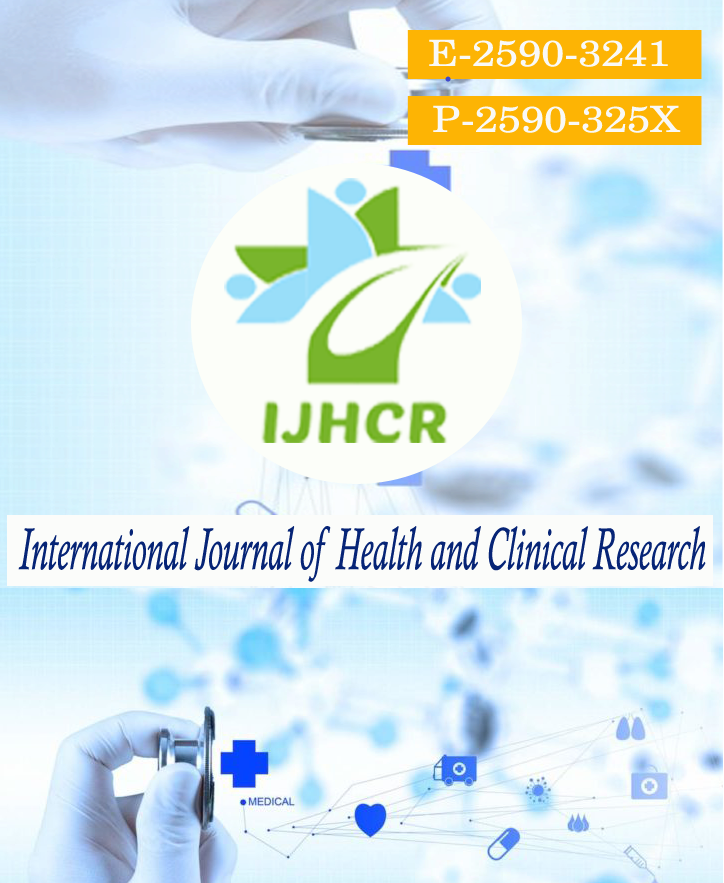An observational study of assessment of pulmonary function and clinical features, and their comparison between obese and non-obese patients of bronchial asthma
Keywords:
Asthma, HDL, LDL, FVC, FEV1Abstract
Abstract
Introduction: Asthma is a heterogeneous, inflammatory disorder of airways and is associated with airway hyper responsiveness that leads to recurrent episodes of wheezing, breathlessness, chest tightness and coughing particularly at night or in the early morning. These episodes are usually associated with wide spread but variable airflow obstruction within the lung that is often reversible either spontaneously or with treatment. The incidence of obesity has doubled worldwide since 1990. In India 12.1% males and 16% females are obese.Materials and Methods: Patients treated under Department of Pulmonary Medicine, attached to Maheswara Medical College & Hospital, Telangana, Hyderabad, with bronchial asthma, fulfilling the inclusion & exclusion criteria were included in the study after obtaining written informed consent. Demographic data, history, clinical examination and details of investigations like Pulmonary function test, Complete hemogram (Hemoglobin, Total leukocyte count and Differential leukocyte count), Chest X-ray (Postero-anterior view), Electrocardiogram, Lipid profile -Triglyceride, Total cholesterol, High density lipoprotein (HDL) and low density lipoprotein (LDL),Sputum AFB, Renal function test. Sample size taken for convenience. Results: In this study, out of 100 patients 55% were males, and 45% were females with higher total cholesterol and triglycerides in obese asthmatics compared to non-obese asthmatics. The most common symptoms were breathlessness followed by cough and wheeze. In this study, it was found that breathlessness, cough, wheeze are more common in obese asthmatics than non-obese asthmatics. There was significant difference of waist circumference (W.C.), hip circumference (H.C.) and waist to hip ratio (W.H.R.) between obese and non-obese asthmatics. Hypertension and diabetes mellitus more prevalent in obese group than non-obese. FVC, FEV1, and FEF25-75 % values were reduced in obese asthmatics compared to non-obese asthmatics in contrast toFEV1/FVC which was higher in obese asthmatics compared to non-obese asthmatics. It was observed that increased in BMI causes impaired pulmonary function.Conclusion: The increasing prevalence of asthma and obesity has suggested an association between the two. The most common symptoms observed in this study were breathlessness, cough and wheeze. PR (Pulse Rate) SBP (Systolic Blood Pressure), DBP (Diastolic Blood Pressure), RR (Respiratory Rate), TLC (Total Leucocyte Count), AEC (Absolute Eosinophil Count), LP (Lipid Profile) were higher in obese asthmatics. Diabetes mellitus and hypertension were more prevalent in obese asthmatics. FVC, FEV1 are decreased in obese asthmatics but the amount of reversibility is more for non-obese asthmatics. It was also observed that increased BMI causes impaired pulmonary function.
Keywords: Asthma, HDL, LDL, FVC, FEV1






 All articles published in International Journal of Health and Clinical Research are licensed under a
All articles published in International Journal of Health and Clinical Research are licensed under a 